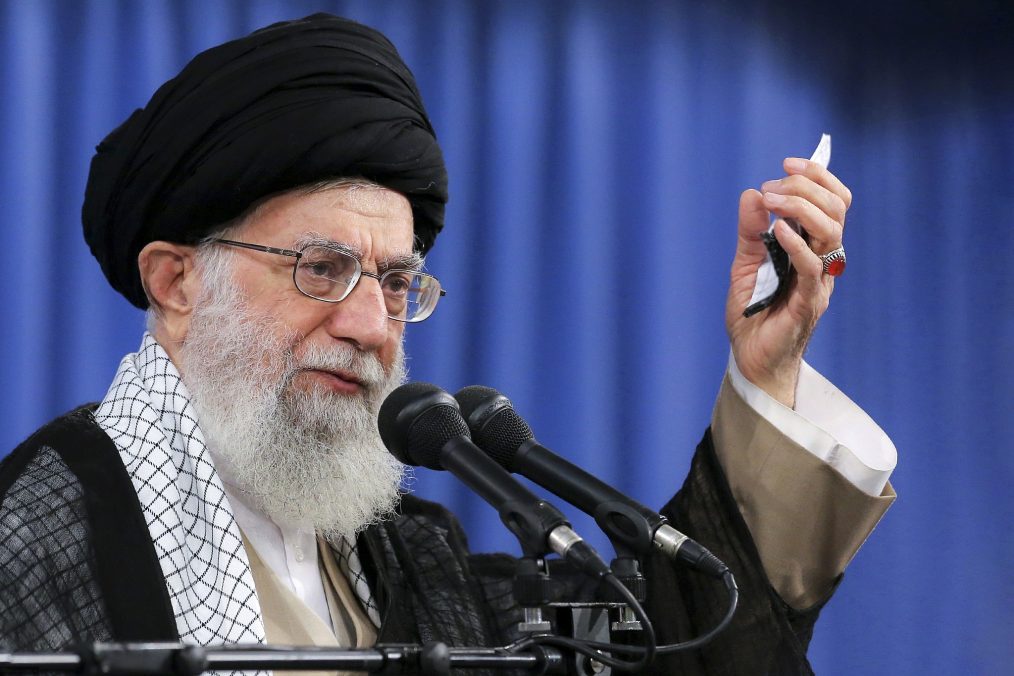As tensions rise in the Middle East, Iran is reportedly preparing for the possibility of war with Israel following Tehran’s recent missile strike on October 1. The outcome of this conflict now largely hinges on the scale and nature of Israel’s anticipated response, with Iranian leaders awaiting a signal from Israel before taking further action.
Preparing for Escalation
Supreme Leader Ayatollah Ali Khamenei has instructed Iran’s armed forces to brace for potential hostilities, with a series of contingency plans based on possible Israeli reactions. Iranian officials have outlined multiple strategies:
- High-Level Retaliation: If Israel’s response leads to significant damage on Iranian targets, Tehran is prepared to launch up to 1,000 ballistic missiles.
- Measured Response: In the event of a more restrained Israeli response, Iran may choose to de-escalate rather than initiate a broader conflict, signalling an attempt to keep the situation from spiralling into full-scale war.
This approach sends a calculated message to Israel, effectively cautioning them against a heavy-handed reaction to avoid further escalation.
Avoiding All-Out War
Iranian officials have emphasized their desire to avoid all-out regional war, while also grappling with the optics of appearing vulnerable. Foreign Minister Abbas Araghchi has engaged in a regional tour, reportedly stressing Iran’s intentions to sidestep escalation. However, this diplomacy has met with some scepticism, with online commentators suggesting that Tehran is feeling the pressure.
Despite Iran’s diplomatic outreach, Major General Hossein Salami, head of Iran’s Islamic Revolutionary Guard Corps (IRGC), issued a stark warning that Israel’s missile defences, even with U.S. support, may not be sufficient to counter future Iranian strikes.
Israel’s Response Plans
In response, Israel has been actively weighing its military options. Initially, Israeli forces considered targeting Iran’s oil infrastructure or even its nuclear facilities. However, these plans encountered resistance from the U.S., which reportedly discouraged aggressive moves in light of potential regional destabilization. Moreover, a recent leak of confidential U.S. documents disrupted some of Israel’s operational plans.
Despite these setbacks, the Israeli military states that its forces are ready and waiting for the green light from political leadership. As both sides stand poised for possible confrontation, the region watches tensely, aware that a miscalculation could lead to a major escalation in the conflict.










